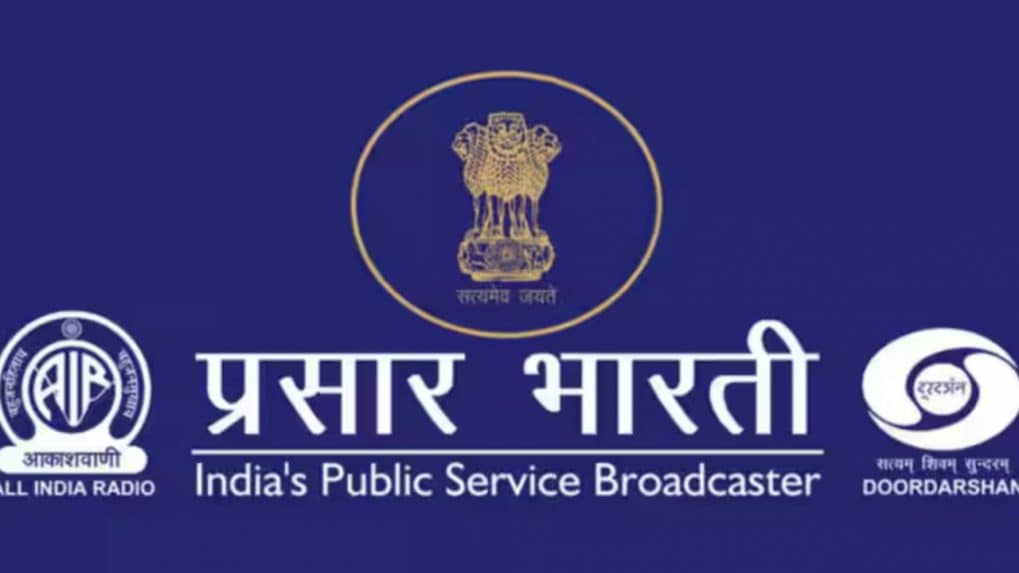Brand Makers
Dil Ka Jod Hai, Tootega Nahin

The Government of India has revealed significant updates on staffing in public broadcasting and the status of Community Radio Stations (CRS) across the country, according to a written reply in the Lok Sabha by Dr. L. Murugan, Minister of State for Information and Broadcasting.
The sanctioned strength at Prasar Bharati stands at 45,791 employees. However, with the changing dynamics of broadcasting and media operations, workforce needs have evolved, prompting a transformation in human resource practices.
As of now, Doordarshan employs 5,545 regular staff, while Akashvani (All India Radio) has 9,648 on its rolls. Additionally, 1,574 contractual employees are currently engaged across various functions. Dr. Murugan emphasized that Prasar Bharati manages its human resources through ongoing assessments, training, and reskilling aligned with functional requirements.
In a push to strengthen grassroots communication, the Government has sanctioned 540 Community Radio Stations nationwide. However, 144 applications are still under examination, indicating sustained interest and demand for localized radio platforms.
To support the CRS ecosystem, the Ministry has rolled out a Central Sector Scheme titled “Supporting Community Radio Movement in India”. With a total outlay of ₹50 crore, the scheme covers the period from 2021–22 to 2025–26 and aims to strengthen both newly launched and longstanding stations.
Key Features of the Scheme Include:
Financial Assistance: New stations that have been operational for at least three months are eligible for funding support.
Equipment Upgrade Support: Stations operating for over five years may receive financial help for renewal or replacement of aging equipment.
Capacity Building: Regular workshops, webinars, and sammelans are organized to train personnel and spread awareness.
Stakeholder Engagement: Regional and national-level events promote knowledge sharing and peer learning among community broadcasters.
While specific measures for under-represented linguistic areas were not detailed, the government underscored that the CRS scheme is designed to ensure broader representation, including linguistic and regional diversity, through financial and technical support.
As India continues its digital and broadcast transformation, community radio remains a vital tool for localized communication, rural empowerment, and cultural preservation. The Government’s efforts aim to bridge information gaps and bring marginalized voices to the forefront of the media narrative.
"The raucous, almost deafening, cuss words from the heartland that Piyush Pandey used with gay abandon turned things upside down in the old world order."
Read MoreFrom OpenAI’s ChatGPT-powered Atlas to Microsoft’s Copilot-enabled Edge, a new generation of AI-first browsers is transforming how people search, surf and interact online — and reshaping the future of digital advertising.